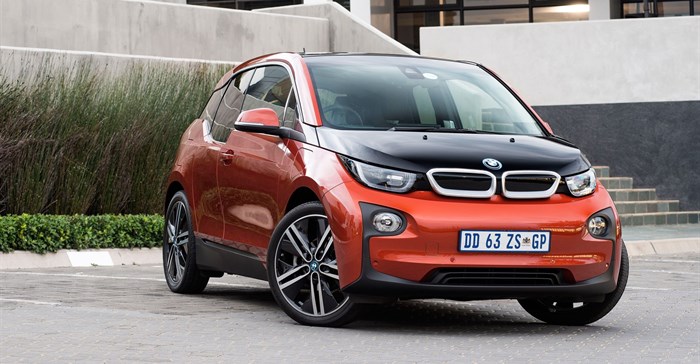
Top stories

LegalTsotsi star’s house, bought with lottery funds, frozen by Special Tribunal
Raymond Joseph 12 minutes




PropertyHow to turn your renting phase into home ownership this festive season
Paul Stevens 24 Dec 2025

Driving back from a media event at Gerotek, west of Tshwane, one afternoon, I had only 36km of range left in our BMW i3 long-term test car, so I decided to find the nearest charging station via the navigation system. The nearest, according to the nav, was at the company's head office in Midrand and so I nosed the vehicle towards 1 Bavaria Avenue, all the while driving in the vehicle's most economical and efficient mode – eco pro+.
Our vehicle is the range extender (REx) version of the i3, so it has a 600cc generator located in the boot, which kicks in as soon as the battery range dips below 10km. This gives you an additional 90km on your range on a full tank of said generator, which mostly eliminates the so-called range anxiety associated with electric cars.
The DC fast-chargers, which are a joint development between BMW and Nissan, have the ability to charge the vehicle up to 80% in just 30 minutes. All you require is to use the fast-charge "nozzle" which has a dual port connector that attaches to the i3 and then swipe your ChargeNow card to begin the charging process. There is a tiny screen that gives you vital info on the charging rate, estimated time to full charge and the like.
I decided to have a catch up with the communications manager of BMW i products, Thando Patoand and she shared some nuggets of information regarding the fast-charging facility. It turns out, and sadly so, that the fast-charging facility is not available for residential use as the current it uses is a rather heavy, direct current, which is more suitable to commercial and industrial applications.
Another issue is that of the price of the fast-charger, which is estimated at about R450,000 to R500,000 which, when put into perspective, is only R153,900 short of an i3's new price based on the higher figure.
Back to the fast-charging experience and a cup of coffee and 40 minutes later, I had about 92% of battery power, which is mighty impressive. The vast difference between this and the household charger is that the former has a maximum capacity of 50kW, while the latter is only 7.4kW, which works out to about six hours of charging from a very low base charge.
The public chargers, such as those found at Melrose Arch in Johannesburg for instance, vary between 11 to 22kW. So a vast difference, then, to one's household plug.
The updated i3 with an expanded battery capacity will arrive here in the first quarter of 2017 and it will be intriguing to see just how many more kilometres in real world driving conditions one can get. For now though, living with the i3 has meant a different approach to planning one's route and style of driving, which now feels more second nature.
It must be said that having experienced the efficiency of the fast-charging facility, it would be great to see these rolled out to more public areas sooner.
Source: Business Day

For more than two decades, I-Net Bridge has been one of South Africa’s preferred electronic providers of innovative solutions, data of the highest calibre, reliable platforms and excellent supporting systems. Our products include workstations, web applications and data feeds packaged with in-depth news and powerful analytical tools empowering clients to make meaningful decisions.
We pride ourselves on our wide variety of in-house skills, encompassing multiple platforms and applications. These skills enable us to not only function as a first class facility, but also design, implement and support all our client needs at a level that confirms I-Net Bridge a leader in its field.
Go to: http://www.inet.co.za